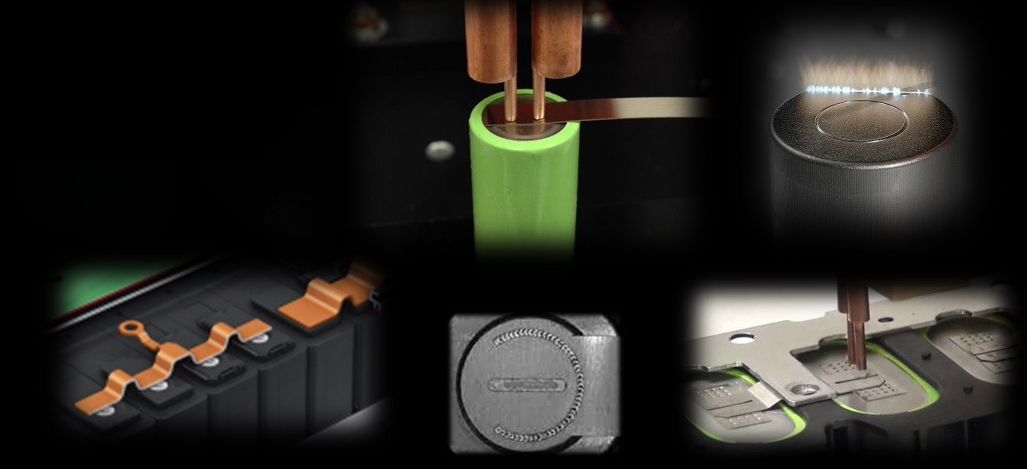Type of BMS Classification by structure Centralized BMS All monitoring...
A method for measuring the electrical conductivity of a battery pack
The conductivity of battery pack is one of the important parameters to evaluate its performance, and the level of conductivity directly affects the charging and discharging efficiency of battery, as well as the overall battery performance. In battery development and production, accurate measurement of battery pack conductivity is very important to optimize battery design and improve performance. This article will introduce several main methods for measuring the conductivity of battery packs.
the basic concept of conductivity
Electrical conductivity (σ) is a measure of a material's ability to conduct electricity in units of Siemens per meter (S/m). The relationship between it and resistivity (ρ) can be expressed by the following formula:
[\sigma = \frac{1}{\rho}]
In the battery pack, the conductivity not only involves the electrode and electrolyte of the battery, but also is affected by the internal structure of the battery, temperature and other factors.
the measurement method of electrical conductivity
Alternating current impedance spectroscopy (EIS) method
Principle: AC impedance spectroscopy measures the impedance of the battery by applying a small AC signal, usually at different frequencies, and calculates the conductivity by analyzing the impedance response.
Steps:
Connect the EIS device to the battery pack and set the measurement parameters.
An AC electrical signal in the frequency range is applied.
Amplitude and phase were recorded and data were analyzed using Nyquist plots or Bode plots.
The electrical conductivity was calculated from the impedance values of the real and imaginary parts.
Advantages: Can distinguish different impedance components in the electrochemical process, suitable for a variety of battery types.
Dc conductivity measurement method
Principle: The DC conductivity measurement method calculates the conductivity by applying a known voltage and measuring the current flowing through the cell.
Steps:
Connect the constant voltage source to the battery pack.
Measure the current flowing into the battery (I).
The electrical conductivity is calculated using Ohm's law as follows:
[\sigma = \frac{I}{V \cdot d}]
Where V is the applied voltage and d is the effective electrode spacing of the battery.
Advantages: Relatively simple method, suitable for simple conductivity measurement.
Four probe method
Principle: The four-probe method uses four electrodes, two of which are used to apply current and the other two are used to measure voltage. This method can reduce the influence of electrode contact resistance.
Steps:
The four probes were arranged perpendicular to the cell surface.
Apply a current and measure the voltage drop.
Calculate the conductivity based on the measured data:
[\sigma = \frac{I}{V} \cdot \frac{L}{A}]
Where L is the probe spacing and A is the effective contact area.
Advantages: Provides high precision conductivity measurement, especially for thin film or small area cells.
Temperature dependent measurement
Principle: Conductivity usually changes with temperature, and conducting temperature dependent measurements can obtain conductivity data at different temperatures to analyze the temperature characteristics of battery materials.
Steps:
The conductivity of the cell was measured at different temperatures.
The change in conductivity was recorded to generate a temperature-conductivity curve.
Advantages: This method can understand the performance of materials under different operating conditions, helping to optimize battery design.
Conclusion
The conductivity of the battery pack is an important parameter for the design, production and use of high-performance batteries. According to the experimental requirements and equipment conditions, the researcher can choose the appropriate measurement method. By accurately measuring the conductivity, not only the battery material and structure can be optimized, but also the charging and discharging performance of the battery can be improved and its service life can be increased. Comprehensive use of a variety of measurement methods will provide a solid data foundation for the development of battery technology.

Home energy storage product series
A lithium battery pack for home energy storage systems, which is compatible with solar panels and the sun The inverter can work together with the power grid to power household appliances, and it can also be used as a For off grid systems.
Extended reading
The manufacturing process of welding terminals
The manufacturing process of welding terminals The manufacturing process of...
THE ESSC Brand promise
Global supply
Our products sell well all over the world, covering many countries and regions, through the global logistics network, to provide customers with convenient purchasing experience.
Rigorous quality
We adhere to the highest quality control standards to ensure every product meets industry regulations and customer expectations, earning trust through consistent excellence.
Excellent service
With a customer-centric approach, we provide prompt responses, professional support, and personalized services, aiming to deliver the best user experience and long-term value.


